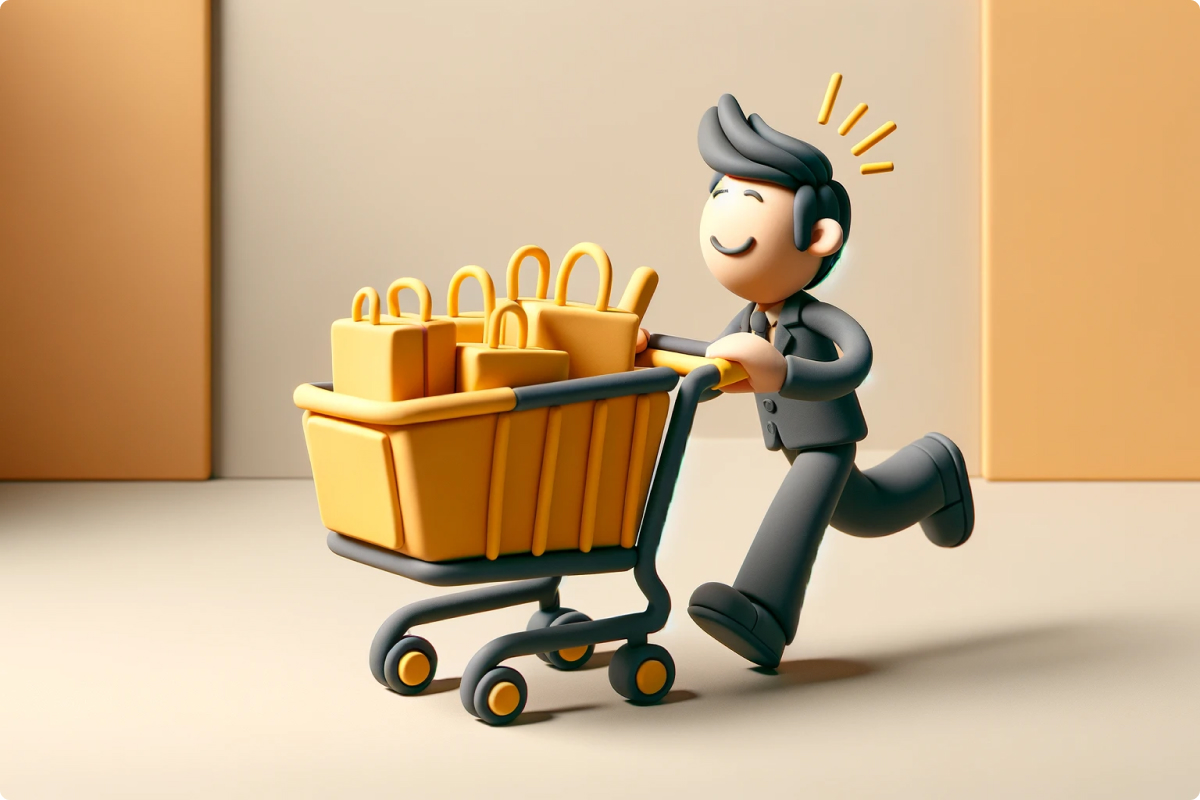
Using bottom of the funnel content to convert prospects into customers
The marketing funnel metaphorically represents the customer journey, segmented into top, middle, and bottom stages. Each stage corresponds to the customer's readiness to buy, starting from awareness at the top, to consideration in the middle, and finally, the decision at the bottom of the funnel. The bottom of the funnel is where the magic happens; it's the point at which potential customers are on the cusp of making a purchase decision.
What is the goal of bottom of the funnel content?
The primary goal of bottom of the funnel content is to convert. At this stage, your audience is already familiar with your brand and the solutions you offer. They’ve gone through the awareness and consideration phases; now, they're evaluating their options closely and are almost ready to make a purchase. Your bottom of the funnel content needs to seal the deal.
This type of content should directly address any last-minute objections or questions that might prevent a prospect from converting. It's about building trust, establishing value, and demonstrating how your product or service stands out from the competition. Essentially, bottom of the funnel content aims to be the final nudge that turns a lead into a customer.
How to choose the right subjects
Choosing the right subjects for bottom of the funnel content hinges critically on understanding your Ideal Customer Profile (ICP) and Buyer Personas. These tools encapsulate the characteristics, needs, and behavior patterns of your most valuable potential customers. They are essential for tailoring your message to meet the specific demands of your audience at the decision-making stage of their buyer journey.
For instance, if your content addresses the specific pain points and aspirations of your audience, as identified in the ICP and Buyer Personas, it is more likely to resonate with them, thereby increasing the likelihood of conversion.
Best practices for bottom of the funnel content
Focus on value: Your content should underscore the value your product or service brings to the table. It's important to communicate not just what you offer, but how it solves a problem or fulfills a need for your potential customer. Highlighting case studies, success stories, or testimonials can be particularly persuasive at this stage.
Address objections head-on: Prospects at the bottom of the funnel may still have hesitations or objections that are holding them back. Great bottom of the funnel content anticipates and addresses these concerns directly, providing clear and convincing answers that clear the path to conversion.
Add a clear call to action: Every piece of content should have a clear, compelling call to action (CTA) that guides the reader toward the next step, whether that's making a purchase, scheduling a consultation, or downloading a resource. Make it easy for them to take this step, removing any barriers to conversion.
The best content types
When crafting bottom of the funnel content, it's vital to choose formats that have the highest potential to convert. Consider incorporating a mix of the following content types to cater to different preferences and decision-making processes:
Case studies: These provide concrete examples of how your product or service has solved problems for other customers, offering proof of effectiveness.
Product demos or free trials: Allowing prospects to see your product in action or to try it themselves can be a powerful motivator for making a purchase decision.
Testimonials and reviews: Positive feedback from satisfied customers can help to alleviate any lingering doubts and build trust in your brand.
Detailed guides and FAQs: Providing in-depth information about your offerings and answering common questions can help potential customers feel more confident in their decision to buy.
Comparison sheets: Content that compares your product or service with competitors can highlight your distinct advantages and sway the decision in your favor.
How to make sure you reach your audience
Effectively reaching your audience at the bottom of the funnel requires a strategic distribution plan that puts your content in front of potential customers exactly when they are ready to make a decision.
Here are key strategies to ensure that your well-crafted content reaches and influences your target audience:
Use targeted email campaigns: Email remains an incredibly effective tool for reaching prospects who are close to making a purchase decision. By segmenting your email list according to behavioral data and previous interactions with your brand, you can deliver highly relevant content that speaks directly to the needs and concerns of your audience at this critical stage.
Leverage retargeting ads: Retargeting allows you to show ads specifically to people who have already visited your website but have not yet converted. By targeting these individuals with bottom of the funnel content, such as testimonials or product demos, you can keep your brand top of mind and gently guide them back towards making a purchase.
Optimize for search intent: Ensure that your content is easily discoverable by those actively searching for solutions. Use SEO best practices to align your content with the specific keywords and phrases your prospects are likely to use when they are close to a decision.
Engage on social media: Social media platforms can be powerful channels for distributing bottom of the funnel content. Engaging with users through comments and direct messages can also help build trust and encourage them to take the final steps toward a purchase.
Conclusion
This part of the funnel is where your efforts can truly pay off, turning interested leads into committed customers. Using a variety of content types helps cater to different preferences and reinforces the decision to choose your product or service. And by focusing on providing value, addressing objections, and guiding prospects with a clear call to action, you create a path that leads straight to conversion.


